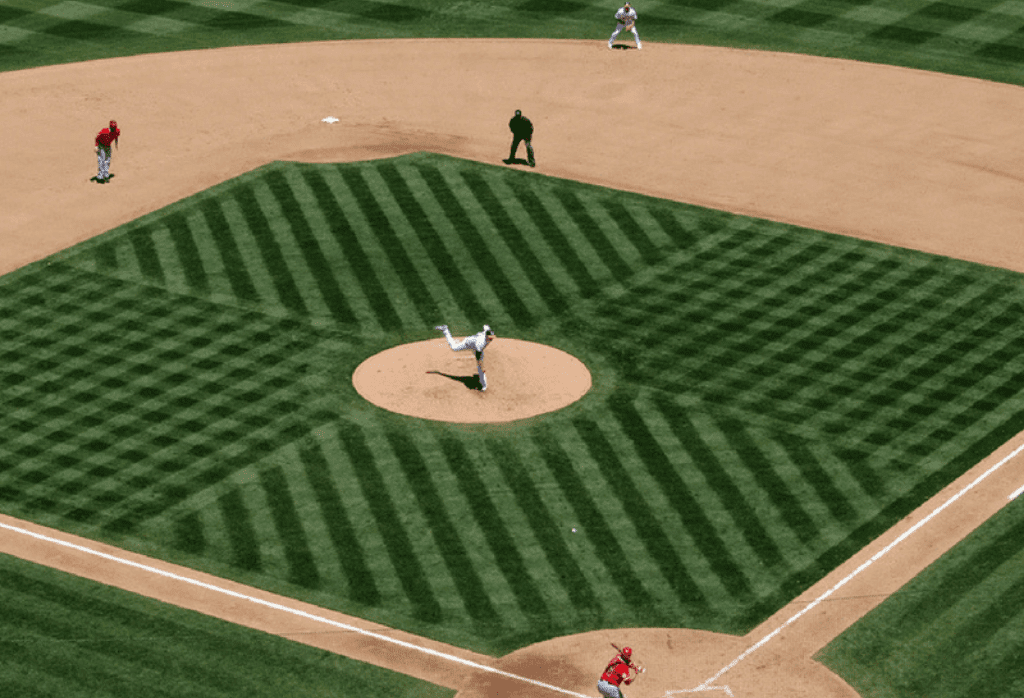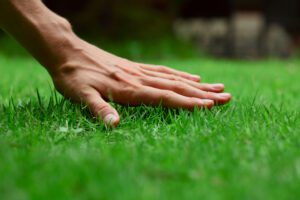How To Cut Designs In Your Lawn
Everyone loves the look of a lush, green, well-manicured lawn. However, the beautifully striped or patterned lawns we often see on athletic fields take the visual appeal levels up a notch, instantly adding some artistic flair to standard, one-directional lines. While the process of creating lawn designs isn’t necessarily difficult, it is important to go into the process armed with some essential pointers to ensure mowing success. Here are a few tips on how to achieve various looks and patterns the next time you cut the grass.
Striping: What It Is And How It Works
Most people assume that stripes on a yard or playing field are created by the cut itself, when in fact, it’s primarily the result of light reflecting off of bent grass blades. The blades bent towards you tend to have a darker look, while the ones that curve away from you will look lighter. Ready to get the blades to bend to your will? Purchase a striping kit made especially for lawns or check online for DIY tips to make your own.
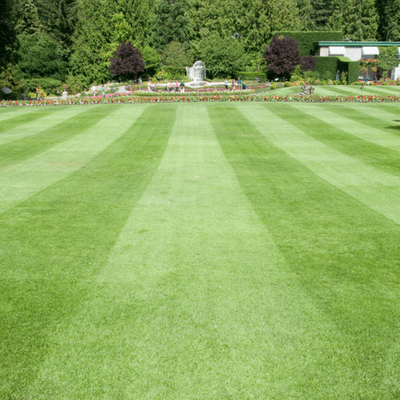
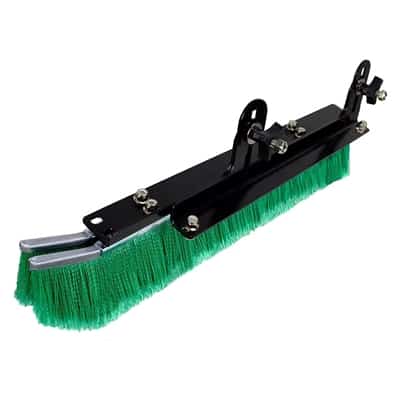
Consider Your Grass Type
Understanding the general concept of striping is only the first step in planning for success with your lawn project. You will also need to consider the specific type of grass on your property, as different varieties bend more easily, resulting in a more visible stripe. Typically, warm-season grasses found in the South retain their shape better, making it more challenging to achieve a sustainable stripe. If you do have a more rigid type of grass, you should add extra sand or weight to your striping kit to keep it bent.
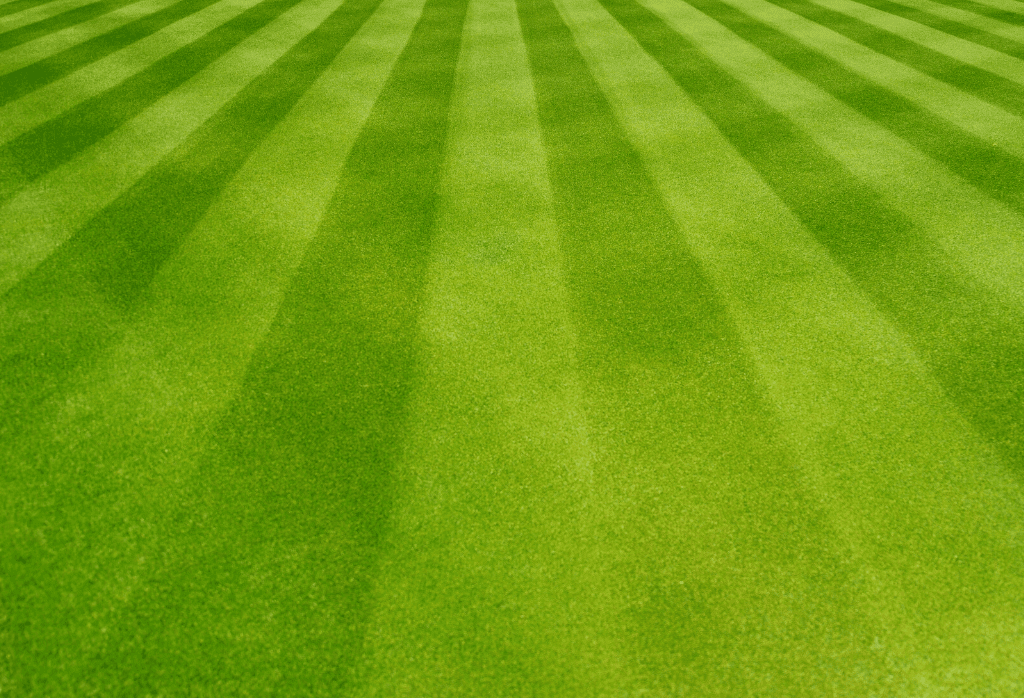
Choose Your Look
Don’t rev your mower up until you’ve taken a moment to decide what type of pattern you’d like on your grass. We’ve all seen sophisticated lawn artistry at professional ball fields. However, for this maiden mowing voyage, you may want to stick to three basic options: stripes, checkers, or diamonds. Sketch out your pattern on a piece of paper so you have a visual of what you’ll create.
Ready, Set, Mow!
Remember, structure is the key to creating a linear or geometric pattern on your property, so pay attention to how straight you’re moving as you mow. If possible, avoid staring directly down at the ground when you walk or ride. Instead, look out straight ahead, approximately 10 feet in front of you to keep you on the straight and narrow (literally).
For a striped look, alternate the mowing direction with each row, moving directly parallel to your previous pass until the lawn is complete. If you’re feeling daring (and energetic) enough to create a checkerboard finish, simply mow your lawn a second time using the same process, only this time go at a 90 degree angle compared to your first pass. Finally, if you’re doing for a diamond finish, adjust the angles on the checkerboard technique to create more diagonal lines.
Professional Fertilization Can Create Healthy, Bendable Grass
No matter what style you’re looking to achieve, remember that higher-cut grass bends more easily than shorter blades. ExperiGreen offers professional lawn care and fertilization to create thick, long, healthy grass, so it’s ready for a future pattern or design.
Contact us today!
Join Our Free Lawn Care Newsletter
Stay Up to Date With The Latest News & Updates
* We don’t share your info with anyone ever.
